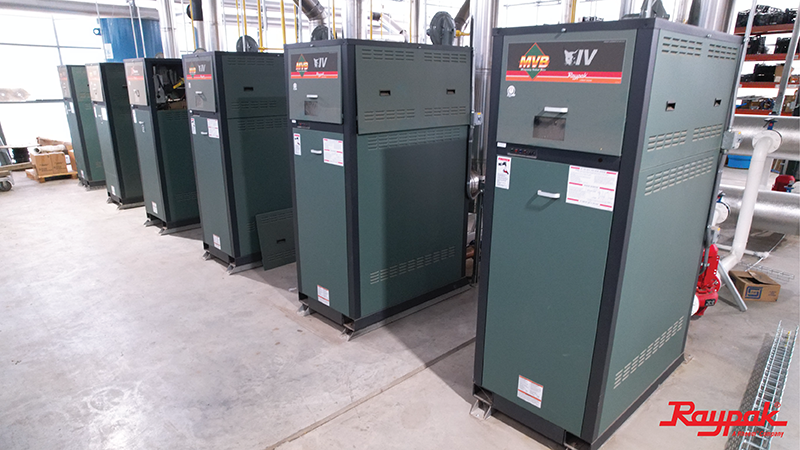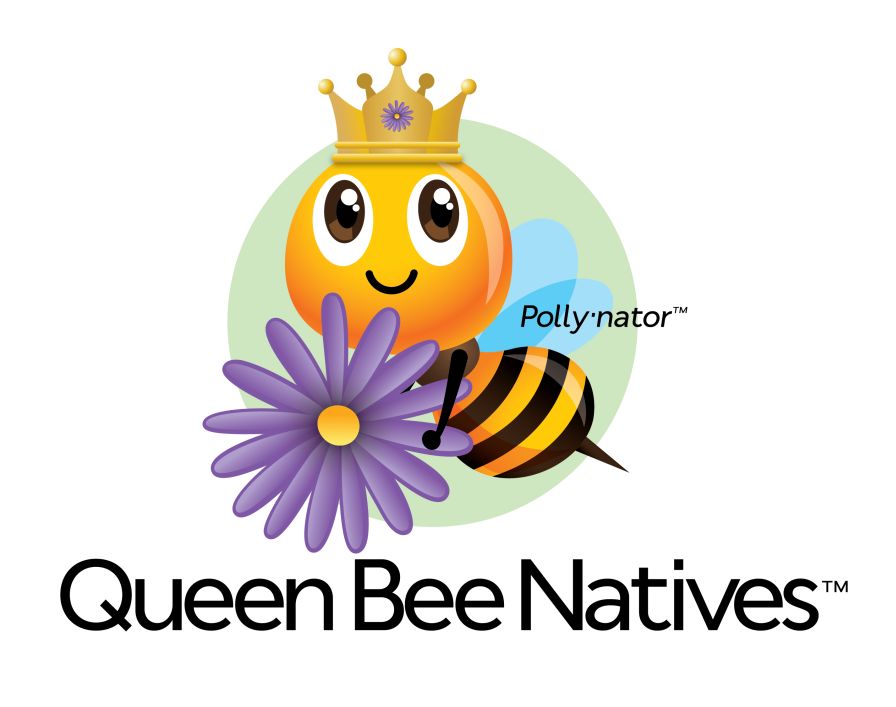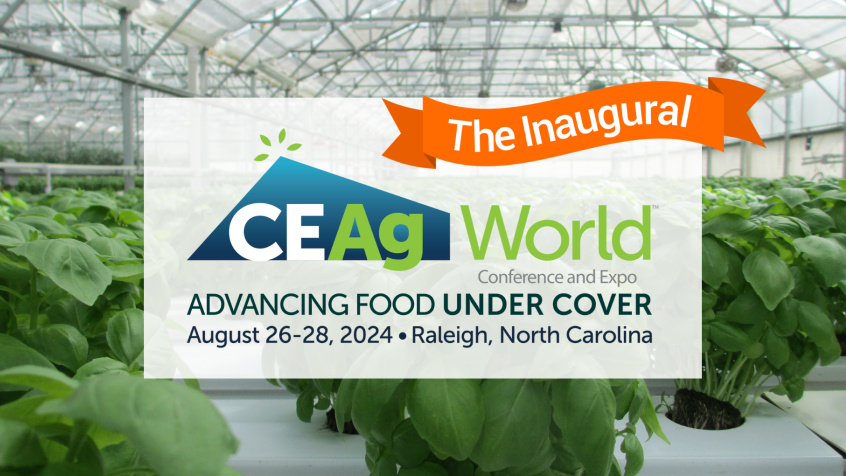Fafard’s Advice For Managing Through The Peat Shortage
The North American horticultural industry is currently dealing with a peat moss shortage caused by poor weather conditions in eastern Canada. The wet conditions impacted all peat companies with bogs in Quebec, New Brunswick and Nova Scotia, where two-thirds of the peat is harvested. Eastern Canada produced only 30-40% of its anticipated harvest for 2011.
The variables regarding how this will affect our industry and individual growers are the following:
1) How much carry-over inventory from the 2010 harvest did each company have on-hand this summer?
2) How much peat from western Canada can economically be shipped eastward to cover shortages?
3) How much peat and mix do growers have on-hand due to a poor 2011 sales year?
4) How much peat can be economically shipped from European sources to cover shortages in the eastern US?
5) How much has our industry been impacted over the past few years due to less demand for peat and soilless growing media?
Peat Moss Companies & Their Customers
Historically, peat shortages have seldom been over a 30% deficit, and short years were balanced by surplus years. Most companies could therefore allocate available peat supplies to their customers based on previous purchasing activity. The main problem was logistical (getting the right product to the customer that wanted it). This year, however, is very different. With an extreme shortage following several lean harvest years, our industry – specifically growers − should be aware of all their available options.
Peat companies are like growers; they need to sell their products at a competitive price to recover cost of goods and to return a profit to the owners or shareholders. They will try to maintain good relationships with their customers and avoid the perception of bias. Orders from loyal, dependant customers will likely be given the highest priority. Inconsistent customers will likely be low on the allocation list.
What are you going to do this year? It is important that this decision process begins early, while options exist. What you will do will depend on 1) what you are presently doing, 2) what you have tried to do in the past, 3) what your comfort level is for change, and 4) what resources (personnel, capital and time) you have available to accomplish this change.
Peat Users Who Mix Their Soil
Peat users who make their own mix are at the greatest risk of not receiving your peat moss.
If you do not already have peat on-site, you may not be able to buy peat from traditional suppliers – no matter what price you are willing to pay. Peat will likely be more expensive (10% or more) due to increased overhead costs for bogs and manufacturing facilities. If peat is shipped from Manitoba to the East Coast, then transportation costs will be considerably higher than from Quebec. If peat arrives from Europe by ship, it still needs to be trucked to its intended location, which adds more expense. Working with your vendors can help you canvas what is available.
If you have been promised peat, take advantage of early delivery options. This will reduce potential issues with availability and packaging sizes. Growers who traditionally receive peat late in the season may not be able to purchase peat at any price. Others who have traditionally used the 110 cubic foot bales may instead receive 55 cf or 64 cf bales, and may incur challenges with existing production equipment.
Many vendors will be touting sphagnum peat moss substitutes. However, there is no true substitute for a good nursery grade of sphagnum peat moss. It has unique physical and chemical properties, especially in regards to aeration, water-holding and pH buffering of growing media. In addition, it is the basis of growing media that has been used for decades. Growers are comfortable with peat and know what to expect with most of the diverse crops that they grow. Growers know when to water, when to fertilize and how to make adjustments with their production programs. There are many components available to blend with peat moss to make acceptable mixes, but none of them completely replaces peat.
For those considering making their own mix using alternatives, keep in mind that time is short to source a new component, negotiate purchase and terms, trial a new mix with your production staff and address any issues that might arise. Most importantly, you will have to be prepared to diagnose and correct potential problems that could result in significant losses or additional costs.
However, if you do choose this option, there are many components to consider. If possible, maintain as much sphagnum peat in your mix as you can. Many peat-alternatives can replace 15-30% of the peat fraction of a mix without dramatically changing the properties.
Coir
Good quality, granulated coir has been available for over 10 years and Fafard® has a great deal of experience with this material. Fafard brand mixes use between 15 to 30% coir in peat and peat-bark blends. Coir is available in the US, but it may take 6 weeks or longer to receive a shipment from some suppliers. If you do not have a relationship with a supplier, then the paperwork, customs and shipping can be cumbersome.
As you exceed 30% coir in mixes, the mixes have higher bulk densities and the grower has greater difficulty in determining when to irrigate. The major difference between peat and coir is that peat supports water movement by capillarity. Thus, when the surface of a peat mix appears dry, the mix is dry. However, coir does not support capillarity and when the surface appears to be dry, the coir below is still saturated, resulting in overwatering. As you increase the percentage of coir, it behaves more like coir than a peat or bark mix.
Coir arrives in the US in bricks and blocks that need to be broken up and hydrated before mixing. This can be a challenge if you are not prepared, especially in the middle of winter. If you do not hydrate sufficiently, your yield will be less and costs per cubic foot will be higher. If you hydrate too much, then the coir will be saturated and will be very heavy and difficult to blend with drier components.
Aged Pine Bark
Properly aged and screened pine bark has been used for decades in nursery and greenhouse mixes. However, it has been used mostly as an inexpensive, coarse aggregate rather than a substitute for peat. Good quality bark is not plentiful outside of the southeastern US. It is also heavy, resulting in high transportation costs.
Depending on the crop and usage, bark can replace some percentage of the peat in mixes without dramatically changing the physical properties of the mix. A blend of fine and coarse bark can be 20-40% of a bedding plant mix or 40-60% of larger containers.
Bark mixes, however, retain less water and can be a problem where shelf-life is critical. Improperly aged pine bark may require slightly higher nitrogen fertility levels for good growth. Very coarse bark may increase air space, resulting in higher leaching of nutrients during production.
Parboiled Rice Hulls
Parboiled rice hulls have been boiled and sterilized, and are satisfactory for incorporation into growing media. Rice hulls behave more like a coarse aggregate, similar to perlite, than as a peat substitute. Utilizing rice hulls at a rate of 15-25% has been satisfactory for most growers, but the perlite percentage is usually reduced rather than the peat percentage.
Dry rice hulls are sometimes difficult to blend into a mix as they are very lightweight and tend to “float” or segregate to the edges in rotary or conveyor mixing lines. Growers should be careful during irrigation, as rice hulls will appear dry on the soil surface and act as a mulch, keeping the soil wetter than it appears to be.
Rice hull quality has been an issue over the past years. Unless you have personal experience with composted rice hulls, do not use them..
Composts
There are no standards regarding what can be marketed as “compost.” Good “composts” are usually expensive and in short supply. “Not so good” composts range from manures to municipal yard waste, municipal sludge and ground up pallets.
Composts are very local and quite variable, therefore it is difficult to make general recommendations regarding how they can be used. A major limitation for using composts is lack of a reliable delivery and transportation system. Most composts are handled in windrows and transported in live-bottom trucks. Greenhouses have mixing lines that accommodate bagged/baled components transported by pallets for ease and reduced transportation costs. Thus, the seemingly low cost of locally available compost can be outweighed by the logistical problems it causes during the busy season.
Growers of greenhouse crops should avoid using composts containing vegetable or fruit by-products, commonly called pomace. These include kitchen-wastes and other processed vegetable manner. The high carbohydrates present in these by-products attract fruit flies as well as fungus gnats and other critters. Avoid using municipal sludge as there is no structure for these fine particles that will filtrate to the bottom of the container over time. A high percentage of fine particles in the bottom of the container creates an ideal disease scenario for the crop.
Miscellaneous “Peat Substitutes”
A review of the literature will show a multitude of potential “peat substitutes.” Most of them are regional by-products with few quality specifications and very limited trialing under commercial production practices. Often, the use of substitute products is limited by the factors described above − cost, commercial quantities, transportation and delivery system implications. Most growers do not have the time or the patience to make these products “work” this year.
Peat Humus or Sedge Peat
These are called “peats,” but they do not behave like sphagnum peat moss in growing mixes. Peat humus is decomposed plant material; it can include sphagnum, but the parent material is no longer identifiable. It does not have the fibrous structure and physical properties found in good quality peats.
Sedge peats are derived from cattails and other sedges, and the particles resemble cellulose fibers used for paper manufacturing. When they absorb water, there is no space for air. Sedge peats are not always acidic and do not provide many benefits for a container mix. Sedge peats are composed of very fine particles that will filter through a loose mix and collect as sludge at the bottom of the container. These peats are ideal as an organic material for incorporation into mineral soils for lawns, landscape and gardens.
Mineral Soils – Good quality mineral soils are in short supply. They are generally not recommended because they require the capability to steam the mineral soil before mixing or to steam the entire mix prior to usage. Most of our growers use a continuous-flow soil-handling system. Soil sterilization, mixing and storage are often off-line activities that present their own challenges.
Mineral soils are often amended with peat and perlite, and the peat percentage could be as low as 25%. The soil mix bulk density is often greater than 25 pounds per cubic foot (several times more than a peat-lite mix). Containers are considerably heavier and some may be too heavy for the carts presently used for transporting and display.
Alternative Grades of Peat – There are no industry standards for peat used for the greenhouse industry. Each peat company establishes their own standards for their products.
Fafard utilizes an extensive grading system for our peat supplies in order to ensure we produce a consistent product for our customers. Each block of each peat bog is graded on an 8-point scale every year. The upper-half of the grades are identified as Nursery/Professional grades and are used in container media for commercial growers. These peats are very fibrous, spongy, and have a low bulk density. The lower-half of the grades are identified as Retail/Consumer grades. These peats are darker in color, less fibrous, with finer particles and a higher bulk density.
The various peat grades have their merits and appropriate uses. However, if you do not know the difference in grades, you may have a peat that works well for retail mixes but performs differently in a grower mix. If the peat is less fibrous, you may need to add more perlite or adjust the irrigation program slightly. There will be questionable peats and peat mixes on the market this year. Be sure you recognize the differences early and adapt accordingly. Do not assume all peats are the same.
Traditional Mix Users
Peat-mix manufacturers and blenders will make every effort to ensure their customers receive the mixes they requested. Most companies will allocate peat internally for their mix customers, whether the mix is produced in Canada or in the US. If your order is in-house, you will likely receive your mix.
Take delivery as early in the season as possible. Fafard has taken a proactive approach and ordered a large number of containers of peat from Europe to help cover potential shortages of peat at our eastern US facilities. This decision will enable us to blend Canadian and European peats in our mixes in a manner that ensures that our final mixes will meet historical specifications for porosity, water-holding and chemical attributes.
Due to supply constraints, all peat-based mixes will be more expensive than last year − specifically European peat. Manufacturers may blend the two peats in order to reduce mix prices. Fafard has mix alternatives to reduce dependence on peat supplies.
Fafard has been utilizing aged pine bark (an alternative to peat) in our mixes for over 30 years, with a great deal of success. Bark mixes often have less than 50% peat versus traditional baled peat mixes, which can have as much as 80-90% peat in the formulations. These bark mixes have a proven track record and are very grower friendly. However, they do behave differently and it helps to trial it before the busy season.
The Sales and Research programs at Fafard have trialed TT (proprietary “chipped wood”) products for the past three years with great success. TT is an extension of research done with “whole-tree” and “chipped pine” technology developed by Auburn University, Virginia Tech and the USDA. The TT mixes are blends of spaghnum peat moss, aged pine bark and the TT component. These mixes reduce the reliance on peat by as much as 40-80% and at a considerable cost savings. In regards to irrigation and fertility, more attention by the production staff is needed until personnel obtain a comfort level. They behave somewhat differently in drying down and in response to nitrogen than traditional peat and peat-bark blends.
This year’s harvest in eastern Canada will be heavier than usual due to higher moisture levels in the peat and higher bulk density. This additional weight per pallet will likely result in fewer pallets shipped per truckload. It is possible to receive just as many truckloads as last year and yet have only 90% of the peat that you ordered. As a general rule, partial trucks are not shipped due to logistics and cost. Keep track of your deliveries and contact your Sales Rep or supplier as soon as you discover a discrepancy. The sooner you can cover a backorder, the greater the chance that you will receive what you ordered.
Conclusion
The message for peat users and mix users is that alternative options are available. Be sure to order early and take delivery. Mixes will likely be more expensive, and may not be packaged and delivered in the same manner as in previous years. It is likely that you will have more problems with frozen mix, because “Just-In-Time” delivery will be risky with present supplies and transportation issues.
If you have concerns about your plans this year, the Fafard and Syngenta Flowers Pro technical teams and sales reps are prepared to assist you every step of the way. Please contact us at [email protected] if you have any questions or concerns.
Hugh A. Poole is the director of technical services at Conrad Fafard.










